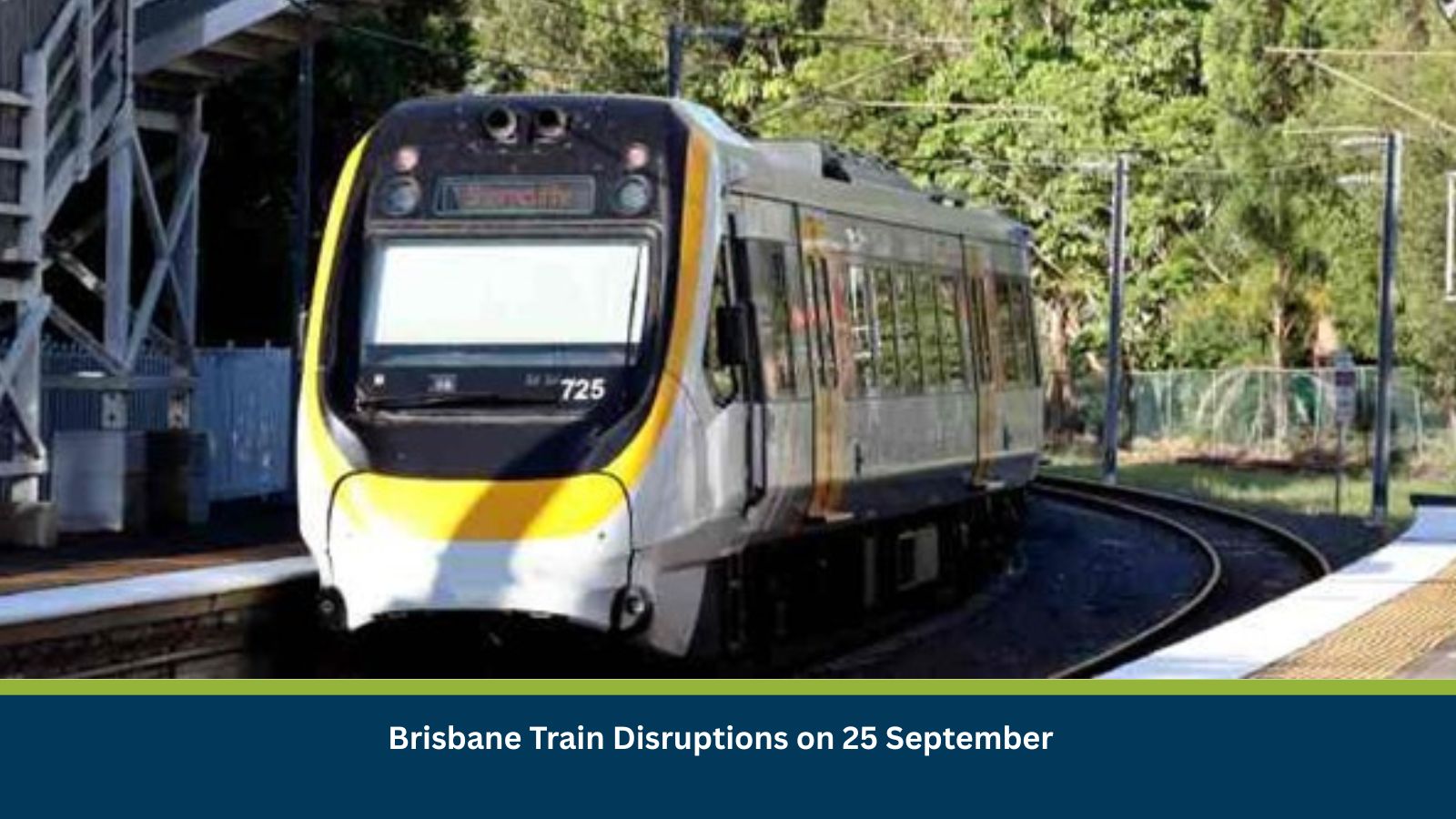What is Risk Analysis in the Context of Travel Risks
Risk analysis in a travel context involves evaluating the potential for incidents, such as public transport failures, to cause widespread disruption and cascading effects on a regional economy. In a metropolitan area like Brisbane, where the rail network is a critical component of public transport, a single incident can cause severe impedance to commuter flow, workforce punctuality, and local business operations. This analysis focuses on forecasting the event’s severity and providing actionable advice to mitigate challenges, drawing on historical patterns of similar incidents and their predictable impacts on urban mobility.
Executive Summary
- Date of Incident: 25 September 2025
- Location: Brisbane, Queensland, Australia
- Risk Category: Travel Risks
- Severity Score: 4/5
- Confidence Level: 90%
A significant train disruption occurred in Brisbane on Thursday, 25 September, plunging the city’s rail network into chaos due to a signalling issue at Bowen Hills. This event is anticipated to severely impact travel and mobility, causing delays of up to an hour and lasting for an initial duration of four to twelve hours, with residual delays persisting for up to 24 hours. The high severity score is justified by the widespread operational disruption and significant public inconvenience observed in past major transport failures. Our high confidence level stems from the recurring nature and predictable impacts of transport incidents in metropolitan Brisbane, highlighting a critical threat to business continuity.
Current Updates
Brisbane train services experienced widespread disruptions on Thursday, 25 September, due to a signalling issue at Bowen Hills. The incident led to significant delays across multiple lines, including the Ferny Grove, Airport, Caboolture, Doomben, Redcliffe Peninsula, Shorncliffe, and Sunshine Coast lines, impacting thousands of commuters. While the initial issue has been resolved, residual delays continued to affect services, forcing commuters to seek alternative transport amidst pre-existing major track closures for rail projects on the Beenleigh and Gold Coast lines.
Known Hotspots and Sensitive Areas
The primary sensitive areas impacted by this disruption are Brisbane’s major public transport hubs, including Bowen Hills, Central Station, Roma Street Station, and the broader Brisbane Central Business District (CBD). These locations serve as central interchanges, and an incident at one, like the signalling fault at Bowen Hills, has a high likelihood of causing widespread disruption across the network. Residential areas along affected rail corridors also experience significant commuter inconvenience, as evidenced by past events.
Impact on Transportation and Services
The incident has caused severe and widespread disruption to rail services, leading to extensive delays and cancellations. This forced thousands of commuters onto alternative transport, causing cascading congestion on the road network. Past incidents show this leads to severe traffic congestion on major arteries like the Legacy Way tunnel and the Inner-City Bypass, overwhelming alternative transport options like buses and ride-shares. The disruption will also have a significant impact on business operations, affecting workforce punctuality and potentially leading to lost business hours. Local supply chains could also face minor delays for time-sensitive deliveries.
Recommended Actions
- Activate the company’s emergency communication system to alert Brisbane-based employees about the train disruptions. Implement flexible work arrangements or remote work options for all staff impacted by commute delays.
- Engage with HR and Operations to identify essential personnel and provide real-time alternative transport guidance, such as specific bus routes or ride-share subsidies, to ensure operational continuity.
- Proactively communicate with clients and key stakeholders in Brisbane regarding potential service delays or meeting rescheduling due to transport disruptions.
- Review and activate relevant sections of the Business Continuity Plan specifically addressing transport infrastructure failures. This includes assessing impacts on inbound/outbound logistics.
Multidimensional Impact
The train disruptions in Brisbane could have significant collateral impacts on concurrent, non-related events. For example, the added traffic congestion could hinder emergency services responding to incidents, and it might also complicate the logistics of public health operations, such as those managing a measles outbreak, by delaying access to medical facilities. The disruptions could also affect the movement of law enforcement personnel responding to ongoing investigations or public rallies, potentially impacting their response times and operational efficiency.
Emergency Contacts
- Police: 131 444
- Fire/Ambulance: 000
- National Emergency: 000
- Official Channels:
Final Thoughts
The Brisbane train disruption is a highly predictable travel risk that highlights the fragility of a major metropolitan transport network. While the specific cause of this event was a signalling issue, its cascading effects on traffic and business operations are significant. The key takeaway is the need for proactive business continuity planning. Organizations must have robust strategies in place to manage workforce punctuality, client communication, and overall operational resilience in the face of these recurring events. Early warning systems and preparedness tools are essential to mitigate the financial and reputational damage caused by such disruptions.
Stay ahead of operational risks with real-time alerts, scenario modeling, and expert advisories with datasurfr’s Predict. Start your 14-day free trial of Datasurfr’s Risk Intelligence Platform today.






